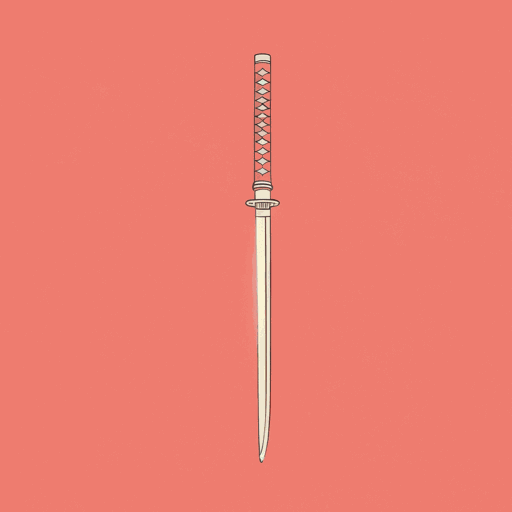68 pages • 2 hours read
James ClavellShogun
Fiction | Novel | Adult | Published in 1975A modern alternative to SparkNotes and CliffsNotes, SuperSummary offers high-quality Study Guides with detailed chapter summaries and analysis of major themes, characters, and more.
Symbols & Motifs
Bathing
Bathing is a cleansing, meditative ritual that is important to the Japanese. When the book begins, Blackthorne rarely bathes; few of the English do. By the time he becomes hatamoto, he sees the European custom of bathing infrequently as barbaric. His former uncleanliness revolts him, as does the stink of his old shipmates.
The Black Ship
The Portuguese trading vessel nicknamed the Black Ship represents the riches of Europe. It passes through Japanese waters each year, filled with weapons and goods, often worth in excess of one million gold pieces. Blackthorne has always wanted to seize the ship and take its plunder for himself. After the Erasmus burns, Blackthorne hopes to take the Black Ship to recoup his losses, enrich himself, build Toranaga’s fleet, and strike back against his religious enemies.
Crucifix
This symbol of Christianity represents faith, conflicts between Christian sects, and priestly hypocrisy. Mariko’s crucifix is a cherished symbol of her faith—the purest of the novel’s religious symbols. Conversely, the ornately decorated crucifix that Blackthorne breaks in front of Father Sebastio—a symbol of Catholic outward showiness, which is one of the things Protestants decry—symbolizes Blackthorne’s hatred of the Jesuits.
Featured Collections
9th-12th Grade Historical Fiction
View Collection
Action & Adventure
View Collection
American Literature
View Collection
Asian History
View Collection
Challenging Authority
View Collection
Historical Fiction
View Collection
Loyalty & Betrayal
View Collection
Memorial Day Reads
View Collection
Military Reads
View Collection
Politics & Government
View Collection
Power
View Collection
Pride & Shame
View Collection
TV Shows Based on Books
View Collection

